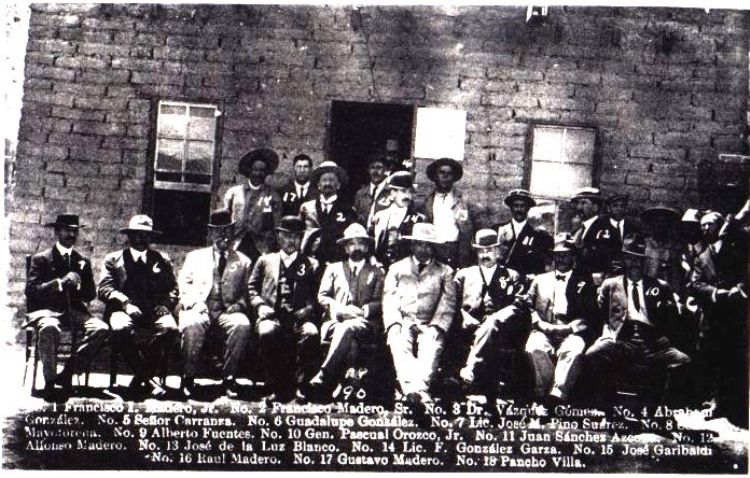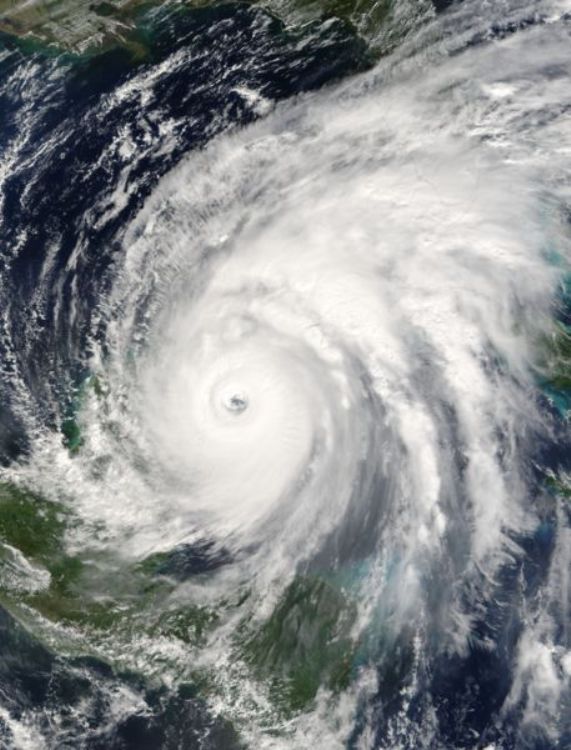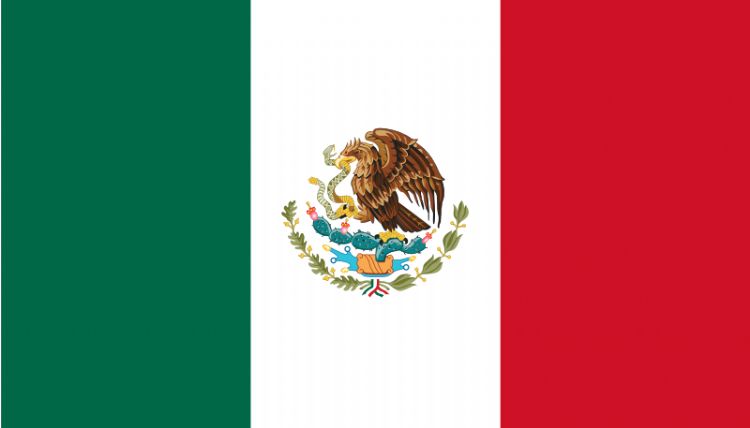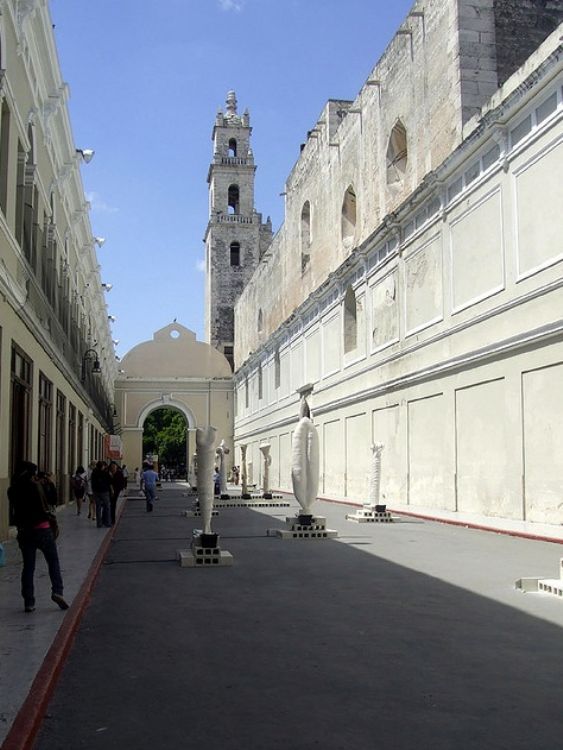Cueva de las Cruces
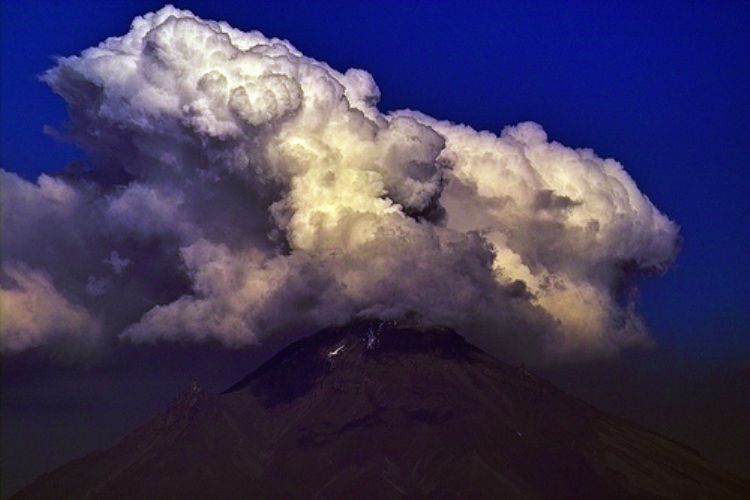
The Lords of the Rain in the Mouth of the Earth
The beginning of the storms is imminent in the State of Mexico. Strong rains, great winds and hail are expected, all with the well-known ability to destroy the crops of the towns surrounding the Popocatepetl and Iztaccihuatl volcanoes.
Year after year and as a way to protect their crops in order to feed their families and communities as a result of their arduous work on fertile soil, those who live on the outskirts of these magnificent volcanoes prepare to face the weatherâs wrath.
They donât have systems for predicting and locating natural phenomena; they donât have computer labs, engineers or specialists developing prevention programs. These farmers throughout millenarian generations have their âhail menâ, known as âLords of the Rainâ.
The âLords of the Rainâ are people who at one time of their lives, from constantly working on their fields, were struck by lightening during a storm and have survived a electric charge of over 30,000 volts, an amount of energy capable of lighting whole stadiums.
The tradition inherited from the ancestors of these cultures consider these people âchosenâ by the gods and nature to be in charge of natural phenomena that occurs during the storm season that happens every year, from May to November. Mother Nature has invested them as the only ones capable of detouring storms, hail and any other natural wonders that threaten to destroy their crops.
A whole tradition in Prehispanic rituals that has been passed on from generation to generation over centuries, the âlords of the rain or hail menâ are not only specialists in handling the natural phenomena that affect their crops, but also act as healers or doctors at some Indian communities through the use of their hands and energy. Some of them state that through their dreams they achieve to contact the spirits of their ancestors, who help them control hail, wind and storms.
On May 3rd of every year, the day of the Holy Cross, a ritual ceremony is held at Cueva de las Cruces, located in San Pedro Techuchulco, in the State of Mexico. They dress and bless the crosses that will accompany these âhail menâ in their constant fight to defend their fields. They wear white to represent purity and green to remind them of their abundant crops, embellished with paper flowers in bright colors and prepare delicious meals to offer the gods while dancing in a swirl of copal and laurel smoke to protect them from negative vibes, helped by a series of clay angels that protect the crosses and the âlords of the rainâ.
A whole tradition of Prehispanic rituals that has been transferred from generation to generation throughout centuries, the âlords of the rain or hail menâ are not only specialists in handling and controlling the natural phenomena that affect their crops, but also act as healers or medics for their indigenous communities through their hands and energy. Some of them state that through dreams they contact the spirits of their ancestors, who help them predict hail, wind and storms.
The inaugural ceremony is in itself a huge production offered by the people for purifying the soul of the âlords of the rainâ so they can continue their work as protectors and guardians of the crops. They take this as a blessing from the gods, who have chosen them to protect their towns and communities, considering this the most important mission in their lives. âHail menâ become a single spirit with nature and especially with destructive meteorological events. Lighting confirms their naming as âlords of the rainâ.
Once the storm has passed, âhail menâ and their communities hold a new celebration expressing their gratitude to gods and nature for the benefits of crops. On November 4 a new festivity presents offerings and prayers ending in the removal of offered animals that are then given to the residents of the communities found on the skirts of the volcano.
Cueva de las Cruces, in addition to amazing landscapes and lush flora, lets you come in contact with the magic and mysticism of Prehispanic traditions of our ancestors, rituals that continue to shape this wonderful country.
PHOTO: Tonari no Totoro
Article Produced by the Editorial Team at Explorando Mexico.
Copyright: Explorando Mexico. All Rights Reserved.

